“I dwell in possibility,” wrote Emily Dickinson, capturing the essence of her literary vision—a profound commitment to imagination and boundless creativity. Dickinson, a poet whose life and work remain shrouded in mystery and reverence, left an indelible mark on literature with her innovative style and themes. Her poetry, often infused with deep introspection, invites readers to explore life’s mysteries and embrace the transformative power of thought. This piece delves into the life and legacy of Emily Dickinson, showcasing how her words transcended her reclusive existence and reshaped literary history.
Emily Dickinson spent much of her life in the confines of her family home in Amherst, Massachusetts. By the 1850s, she began retreating from public life, a decision that puzzled many around her. This withdrawal wasn’t born of fear but rather a deliberate choice to cultivate an interior world where creativity could thrive. During these years of isolation, Dickinson produced nearly 1,800 poems, though only a handful were published in her lifetime—and even those appeared anonymously.
One particularly poignant moment in her life highlights the weight of this isolation. In her letters to Thomas Wentworth Higginson, a literary critic she admired, Dickinson referred to herself as “the only kangaroo among the beauty.” Her self-awareness of being unconventional did not deter her; instead, it fueled her pursuit of truth and beauty through poetry. Writing became her escape, voice, and way of confronting life’s vast uncertainties.
Writing was not merely a pastime but a form of survival for Dickinson. Each carefully crafted verse held the potential to unlock new realms of meaning. In her solitude, she did not lament what was missing in her external world but instead celebrated the infinite possibilities within her mind.
Emily’s relationship with Susan Gilbert, her sister-in-law and confidante, provides a window into another dimension of her life. Susan, who married Emily’s brother Austin, lived next to the Dickinson homestead. Over the years, Emily sent Susan countless poems and letters, many expressing deep affection, admiration, and trust. Susan was not only a muse but also an essential critic of Emily’s work. Her influence is evident in the lyrical intensity of many poems.
This bond, however, was not without its complications. The closeness between the two women, contrasted with the growing estrangement between Susan and Austin, created tensions within the family. Despite this, Susan remained one of the few people Emily trusted with her most intimate thoughts and creations. Their relationship speaks to Dickinson’s need for connection amid her reclusive lifestyle and underscores how personal relationships influenced her art.
Though virtually unknown during her lifetime, Emily Dickinson’s influence on literature and society began to unfold posthumously. After she died in 1886, her younger sister, Lavinia, discovered hundreds of her poems hidden in a chest. Recognizing their brilliance, Lavinia worked tirelessly to ensure they were published, albeit initially in heavily edited forms. The unique style of Dickinson’s work—her use of dashes, unconventional capitalization, and compressed language—challenged traditional poetic norms and inspired future literary movements.
In the 20th century, her themes of mortality, nature, and the human condition resonated with readers navigating the complexities of modern life. Her ability to explore universal truths through deeply personal perspectives made her a forerunner of modernist poetry. Writers like Sylvia Plath and Adrienne Rich cited Dickinson as a significant influence, and her work has continued to inspire discussions about gender, creativity, and the boundaries of societal expectations.
Emily Dickinson’s legacy endures not because of widespread acclaim during her life but because her words speak to timeless human experiences. She transformed the act of writing into an exploration of existence itself, crafting poetry that bridges the personal and the universal. Her work reminds readers of the immense power of quiet observation and the profound possibilities unlocked by the written word. Dickinson’s example teaches aspiring writers that authenticity and bold experimentation can leave an indelible mark on history, even if recognition is delayed.
Emily Dickinson’s words invite readers into a world where creativity reigns supreme and possibilities are endless. Explore her poetry, allow her verses to challenge your perceptions, and embrace the transformative power of writing. Whether crafting prose or poetry, let Dickinson’s work inspire you to dwell in your realm of possibility, using words to shape a better future.
We Don’t Want to Write the Laws; We Want to Publish the Books
Publication Consultants: The Synonym for Book Publishing—https://publicationconsultants.com



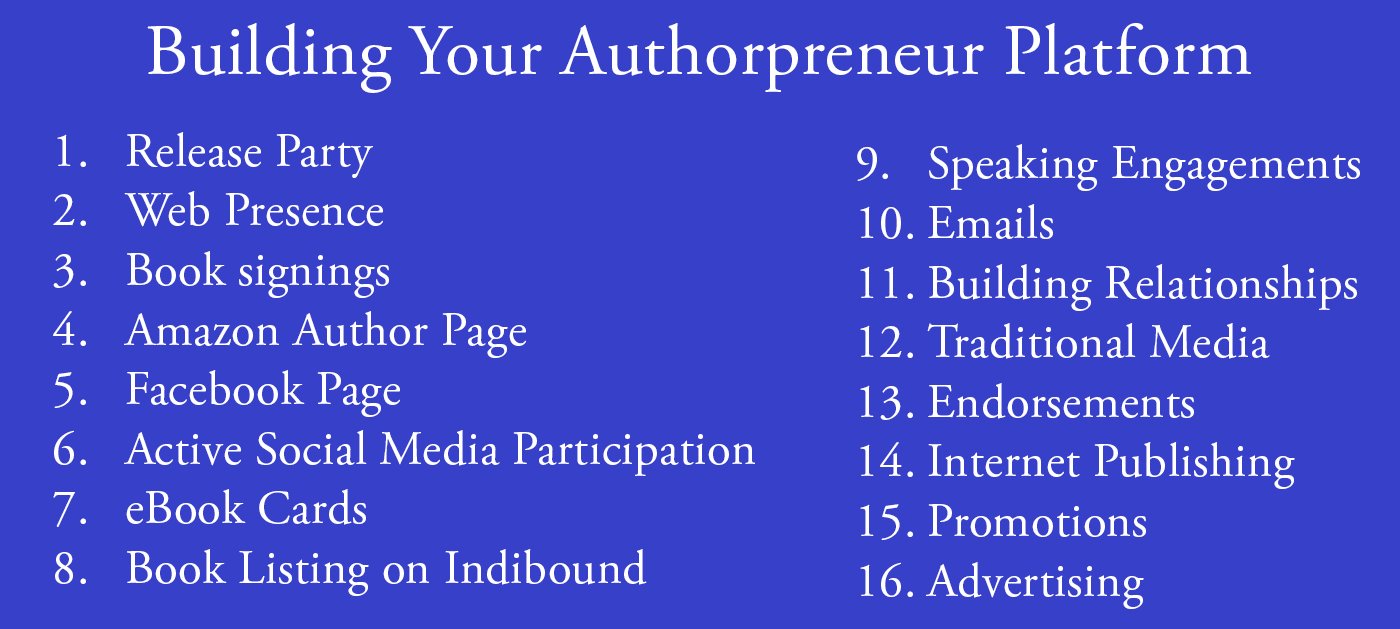
 This is Publication Consultants’ motivation for constantly striving to assist authors sell and market their books. Author Campaign Method (ACM) of sales and marketing is Publication Consultants’ plan to accomplish this so that our authors’ books have a reasonable opportunity for success. We know the difference between motion and direction. ACM is direction! ACM is the process for authorpreneurs who are serious about bringing their books to market. ACM is a boon for them.
This is Publication Consultants’ motivation for constantly striving to assist authors sell and market their books. Author Campaign Method (ACM) of sales and marketing is Publication Consultants’ plan to accomplish this so that our authors’ books have a reasonable opportunity for success. We know the difference between motion and direction. ACM is direction! ACM is the process for authorpreneurs who are serious about bringing their books to market. ACM is a boon for them. Release Party
Release Party Web Presence
Web Presence Book Signings
Book Signings Facebook Profile and Facebook Page
Facebook Profile and Facebook Page Active Social Media Participation
Active Social Media Participation Ebook Cards
Ebook Cards The Great Alaska Book Fair: October 8, 2016
The Great Alaska Book Fair: October 8, 2016


 Costco Book Signings
Costco Book Signings eBook Cards
eBook Cards

 Benjamin Franklin Award
Benjamin Franklin Award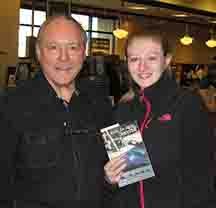 Jim Misko Book Signing at Barnes and Noble
Jim Misko Book Signing at Barnes and Noble
 Cortex is for serious authors and will probably not be of interest to hobbyists. We recorded our Cortex training and information meeting. If you’re a serious author, and did not attend the meeting, and would like to review the training information, kindly let us know. Authors are required to have a Facebook author page to use Cortex.
Cortex is for serious authors and will probably not be of interest to hobbyists. We recorded our Cortex training and information meeting. If you’re a serious author, and did not attend the meeting, and would like to review the training information, kindly let us know. Authors are required to have a Facebook author page to use Cortex. Correction:
Correction: This is Publication Consultants’ motivation for constantly striving to assist authors sell and market their books. ACM is Publication Consultants’ plan to accomplish this so that our authors’ books have a reasonable opportunity for success. We know the difference between motion and direction. ACM is direction! ACM is the process for authors who are serious about bringing their books to market. ACM is a boon for serious authors, but a burden for hobbyist. We don’t recommend ACM for hobbyists.
This is Publication Consultants’ motivation for constantly striving to assist authors sell and market their books. ACM is Publication Consultants’ plan to accomplish this so that our authors’ books have a reasonable opportunity for success. We know the difference between motion and direction. ACM is direction! ACM is the process for authors who are serious about bringing their books to market. ACM is a boon for serious authors, but a burden for hobbyist. We don’t recommend ACM for hobbyists.

 We’re the only publisher we know of that provides authors with book signing opportunities. Book signing are appropriate for hobbyist and essential for serious authors. To schedule a book signing kindly go to our website, <
We’re the only publisher we know of that provides authors with book signing opportunities. Book signing are appropriate for hobbyist and essential for serious authors. To schedule a book signing kindly go to our website, < We hear authors complain about all the personal stuff on Facebook. Most of these complaints are because the author doesn’t understand the difference difference between a Facebook profile and a Facebook page. Simply put, a profile is for personal things for friends and family; a page is for business. If your book is just a hobby, then it’s fine to have only a Facebook profile and make your posts for friends and family; however, if you’re serious about your writing, and it’s a business with you, or you want it to be business, then you need a Facebook page as an author. It’s simple to tell if it’s a page or a profile. A profile shows how many friends and a page shows how many likes. Here’s a link <> to a straight forward description on how to set up your author Facebook page.
We hear authors complain about all the personal stuff on Facebook. Most of these complaints are because the author doesn’t understand the difference difference between a Facebook profile and a Facebook page. Simply put, a profile is for personal things for friends and family; a page is for business. If your book is just a hobby, then it’s fine to have only a Facebook profile and make your posts for friends and family; however, if you’re serious about your writing, and it’s a business with you, or you want it to be business, then you need a Facebook page as an author. It’s simple to tell if it’s a page or a profile. A profile shows how many friends and a page shows how many likes. Here’s a link <> to a straight forward description on how to set up your author Facebook page.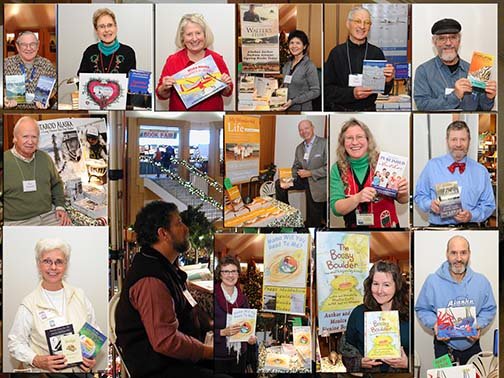



 Mosquito Books has a new location in the Anchorage international airport and is available for signings with 21 days notice. Jim Misko had a signing there yesterday. His signing report included these words, “Had the best day ever at the airport . . ..”
Mosquito Books has a new location in the Anchorage international airport and is available for signings with 21 days notice. Jim Misko had a signing there yesterday. His signing report included these words, “Had the best day ever at the airport . . ..”



 The Lyin Kings: The Wannabe World Leaders
The Lyin Kings: The Wannabe World Leaders
 Time and Tide
Time and Tide


 ReadAlaska 2014
ReadAlaska 2014 Readerlink and Book Signings
Readerlink and Book Signings
 2014 Independent Publisher Book Awards Results
2014 Independent Publisher Book Awards Results

 Bonnye Matthews Radio Interview
Bonnye Matthews Radio Interview
 Rick Mystrom Radio Interview
Rick Mystrom Radio Interview When he published those overseas blogs as the book The Innocents Abroad, it would become a hit. But you couldn’t find it in bookstores.
When he published those overseas blogs as the book The Innocents Abroad, it would become a hit. But you couldn’t find it in bookstores. More NetGalley
More NetGalley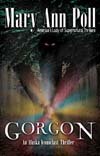 Mary Ann Poll
Mary Ann Poll
 Bumppo
Bumppo
 Computer Spell Checkers
Computer Spell Checkers Seven Things I Learned From a Foreign Email
Seven Things I Learned From a Foreign Email 2014 Spirit of Youth Awards
2014 Spirit of Youth Awards Book Signings
Book Signings


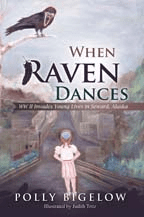 Blog Talk Radio
Blog Talk Radio Publication Consultants Blog
Publication Consultants Blog Book Signings
Book Signings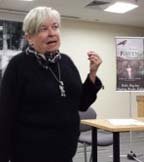



 Don and Lanna Langdok
Don and Lanna Langdok Ron Walden
Ron Walden Book Signings Are Fun
Book Signings Are Fun Release Party Video
Release Party Video
 Erin’s book,
Erin’s book,  Heather’s book,
Heather’s book,  New Books
New Books